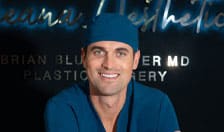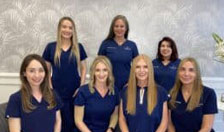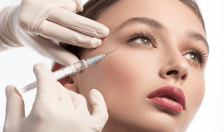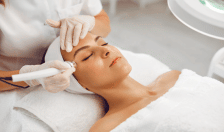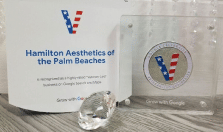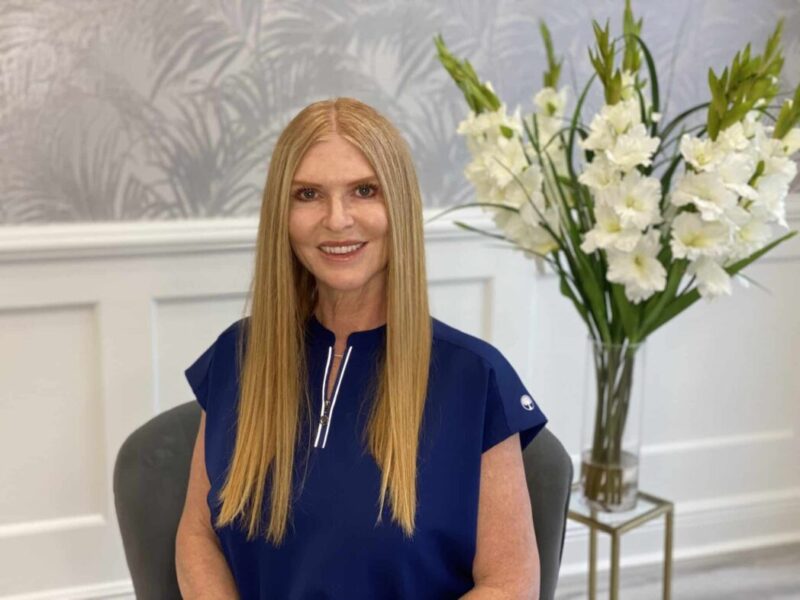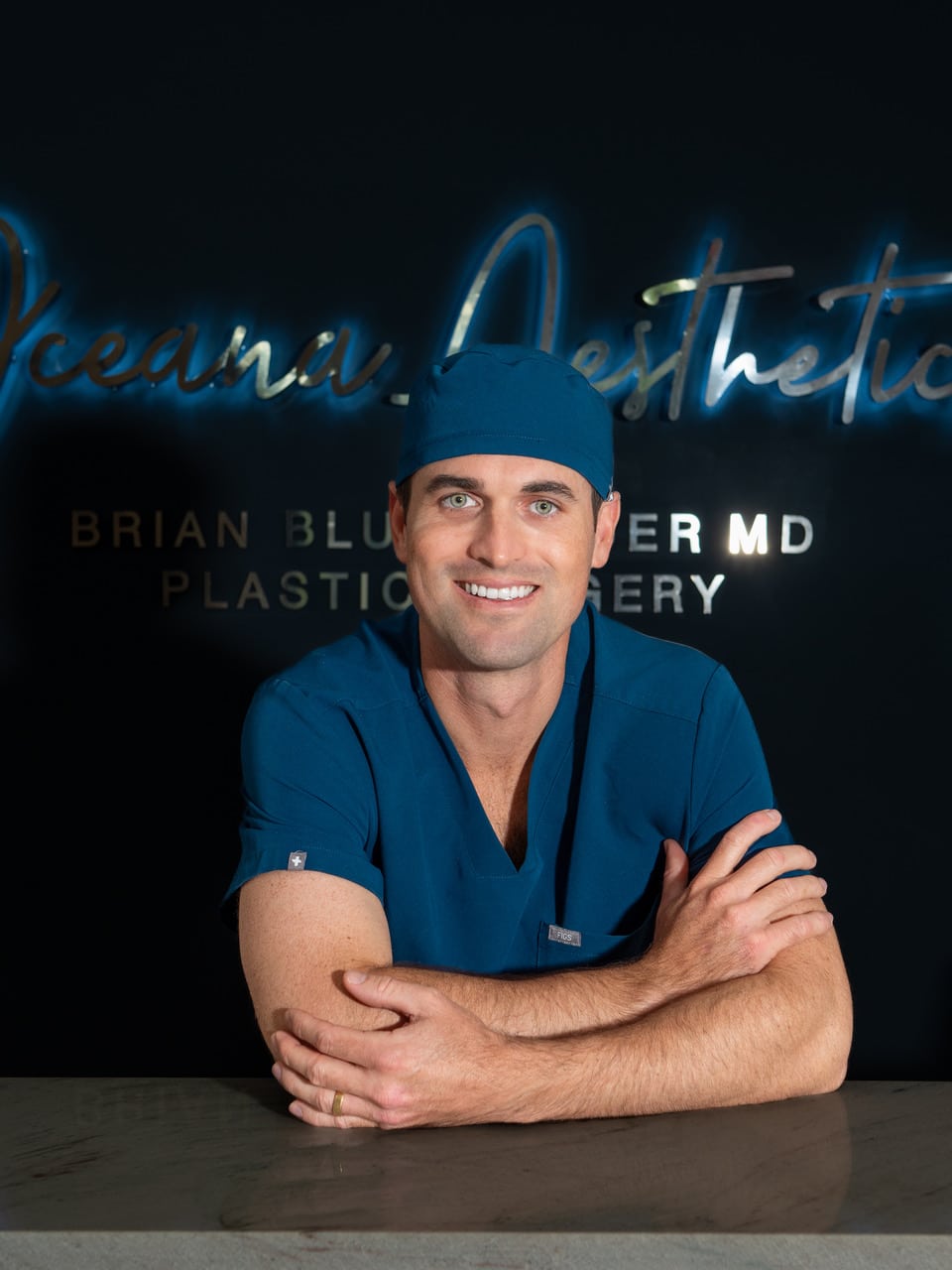
If you’re looking to get rid of wrinkles, acne scars, and other blemishes, look no further than laser skin resurfacing. Here’s what you need to know about it.
It happens to all of us at some point. You’re going about your life and then one day you look in the mirror and say, “Wow, when did I get old?”
If you’ve reached that point, we have a few bits of good news. The first is that you aren’t alone. According to a survey by Allure, 56% of women and 34% of men are concerned about physical signs of aging.
The other piece of good news is that there’s plenty you can do to keep aging at bay. We can’t promise that you’ll look 25 forever, but modern technology is full of ways to take years off your look.
Today we’ll take a closer look at one of the most popular choices: laser skin resurfacing.
How Traditional Laser Skin Resurfacing Works
There are two different types of laser skin resurfacing: the traditional procedure and a new fractionated option. To help you understand your options, we’ll discuss the traditional form of the treatment first.
During a skin resurfacing procedure, a provider uses one of a few different types of lasers: a CO2 laser or an erbium lasers. Both of these lasers are in the ablative category. That means they can remove tissue, unlike other lasers like those used in IPL facial rejuvenation.
Depending on the provider’s choice and the patient’s needs, the provider uses the chosen laser to send a precise beam of laser light into the skin. As the provider moves the beam across the treatment area, that laser removes the damaged surface layer of skin.
Why Does This Work?
Traditional laser skin resurfacing helps your appearance in a few different ways. First, removing surface skin can remove or lighten most of your age spots and wrinkles. Your body will replace that skin with younger, smoother skin.
Second, it creates a “controlled injury” to stimulate your body’s natural healing process. When your body heals, it produces a protein called collagen and sends it to the “injured” area.
Collagen is the protein that makes young skin remain firm and smooth. As you age, your body produces less collagen. Without those added defenses, your skin develops wrinkles and starts to sag. When laser skin resurfacing initiates your body’s healing process, though, it causes your body to produce more collagen. After the area heals, the treated skin is firmer and younger than before.
How Fractionated Laser Skin Resurfacing Works
Traditional laser skin resurfacing can get strong results, but it also requires a significant amount of recovery time. In recent decades, researchers found that they could get a similar effect if they only removed small areas of skin within the treatment area.
That is what fractionated laser skin resurfacing does. Instead of clearing away all the skin, it only removes skin in tiny dots throughout the treatment area. When your healing process kicks in, your body sends collagen to the entire treatment area, not just the dots the provider treated.
While the results from fractionated laser skin resurfacing aren’t as extensive as the traditional procedure, they’re still strong and in-depth. In exchange, patients enjoy far less recovery time. In fact, today fractionated treatments are performed far more often than traditional laser skin resurfacing.
How Laser Skin Resurfacing Compares to Other Skin Resurfacing Treatments
You’ve probably heard about other skin resurfacing treatments like Viva Skin Resurfacing. These procedures tend to use another process using tiny pins and delivering Radio Frequency instead of a laser.
In a Viva Resurfacing treatment, your provider uses tiny, ultrafine needles to create a dotted pattern on your skin. This stimulates your body’s healing process, calling in the collagen.
In advanced skin resurfacing options like Viva, those needles also deliver targeted warmth to the deeper layers of the skin. This makes the results even more effective.
While their names are similar, these are two different approaches to anti-aging treatments. Before other skin resurfacing options don’t remove any skin or have a laser’s unique features, they don’t have as much of an effect on brown spots like age spots.
While laser skin resurfacing tends to produce stronger results, it does require more recovery time. It’s also important to note that some lasers don’t interact well with dark skin. Some people with darker skin may not be candidates for laser treatments but could get great results from Viva skin resurfacing, which is good for all skin types.
The Benefits of Laser Skin Resurfacing
Now that you know the basics, here’s the fun part: finding out all the issues laser skin resurfacing can treat.
Last year, plastic surgeons alone performed over 90,000 laser resurfacing procedures. Considering that most fractionated laser skin resurfacing treatments are done by other medical professionals, it’s clear that the treatments are beyond popular. That’s because they can treat so many cosmetic concerns at once:
Fine Lines and Wrinkles
As we mentioned above, you lose collagen in your skin as you age. That lack of collagen means your skin forms wrinkles after years of repeated facial expressions.
Some fine lines are only in the surface layers of your skin. When laser skin resurfacing removes that skin, it takes those line with it. Even for deeper wrinkles, the added collagen from the procedure will plump the skin and smooth out those wrinkles.
Sagging Skin
It starts with wrinkles, but aging eventually causes the skin to sag. When you restore youthful collagen with a laser skin resurfacing procedure, it tightens and may improve sagging skin.
Of course, there’s a limit. If you have several inches of pinchable skin around your jowls, laser treatments won’t get rid of it all. Regardless of your aging stage, though, the procedure will offer a noticeable yet natural-looking improvement.
Age Spots and Sun Damage
Brown spots, which some call age spots or liver spots, are a common sign of aging. In reality, though, they have nothing to do with your age. They’re caused by repeated sun exposure.
When radiation from the sun hits your skin, your body tries to protect itself by producing extra pigment. That’s why you get a tan. Over time, though, sometimes that pigment sticks around in the form of age spots. Laser skin resurfacing can remove damaged skin and also break down some of these pigment particles.
Scars
Many people have some degree of facial scarring whether it’s from acne, surgeries, or injuries. Laser skin resurfacing breaks down the uneven scar tissue. During the controlled healing process, your body replaces that scar tissue with refreshed, smoother tissue.
Freckles and Other Brown Spots
As we explained above, laser skin resurfacing can help break down excess pigment particles in age spots. It does the same thing for other brown spots like freckles or birthmarks. Keep in mind, though, that moles are different and that laser skin resurfacing might not be able to remove them.
Uneven Complexion
For some people, their cosmetic issue isn’t aging at all. It’s an uneven, blotchy complexion. If you’ve been relying on too much foundation for too long, laser skin resurfacing may be able to even out your complexion.
Skin Texture Issues
Similar to uneven complexions, some people have skin texture irregularities they want to get rid of. Through laser skin resurfacing’s process of removing damaged skin and promoting controlled healing, you can enjoy smoother, more even skin.
What to Expect from Laser Skin Resurfacing
Now that you know everything it can do for you, you’re probably ready to get the ball rolling on laser skin resurfacing. Here’s what you can expect:
Before the Treatment
The first step in laser skin resurfacing is a consultation with our experienced and board-certified physician assistant or Registered Advance Nurse Practitioner. They’ll be able to assess your skin, discuss your concerns, and determine if laser skin resurfacing will meet your needs.
Keep in mind that there are some people who aren’t good candidates for certain skin resurfacing procedures. In particular, patients with dark skin or those who have a history of keloid formation. Fortunately we offer both types of Fractionated skin resurfacing including The Viva Skin Resurfacing RF and Laser Skin Resurfacing so everyone may enjoy the results of these amazing treatments.
It’s important when considering laser skin resurfacing to avoid sun exposure. Sun exposure and laser treatments don’t mix. Always protect yourself from the sun for a few weeks before and after your procedure.
With the Viva Skin Resurfacing RF treatment, being well hydrated will yield bigger and better results. So drink lots of water prior to treatments.
During the Treatment
When you come in for your procedure, we’ll start with a topical anesthetic to keep you comfortable if it is necessary. When your skin is cleansed and ready, we’ll customize the laser’s settings for your specific needs and get started.
The timeline for a laser skin resurfacing procedure can vary from patient to patient. It depends on the details of your treatment and the size of your treatment area.
After the Treatment
When your treatment is done, the healing process begins. Your skin will look very red for up to 24 hours, then will taper as the days go on, looking like a mild sunburn.
All in all, the recovery time will depend your goals and the aggressiveness of your procedure as well as your body’s natural healing rate. Rest assured that we’ll be available every step of the way for any questions you might have.
Getting Started with Laser Skin Resurfacing
Laser skin resurfacing is one of the most effective non-surgical treatments for facial aging. It’s helped countless men and women feel confident in their appearance at any age.
Now that you’re an expert in laser skin resurfacing, how do you take advantage of all it has to offer? Call our Aesthetic office to schedule a consultation.
Want to learn more about how to maintain smoother, younger-looking skin?
Contact us today to schedule your complimentary consultation.
Book Appointment
